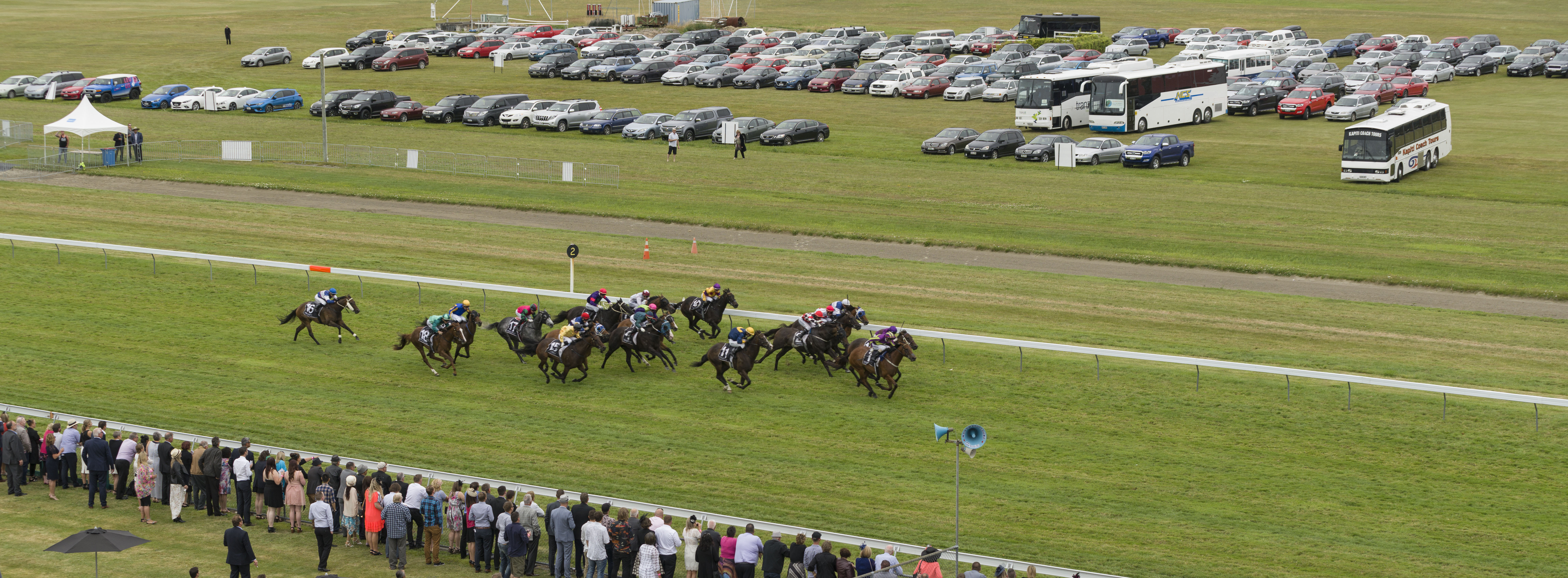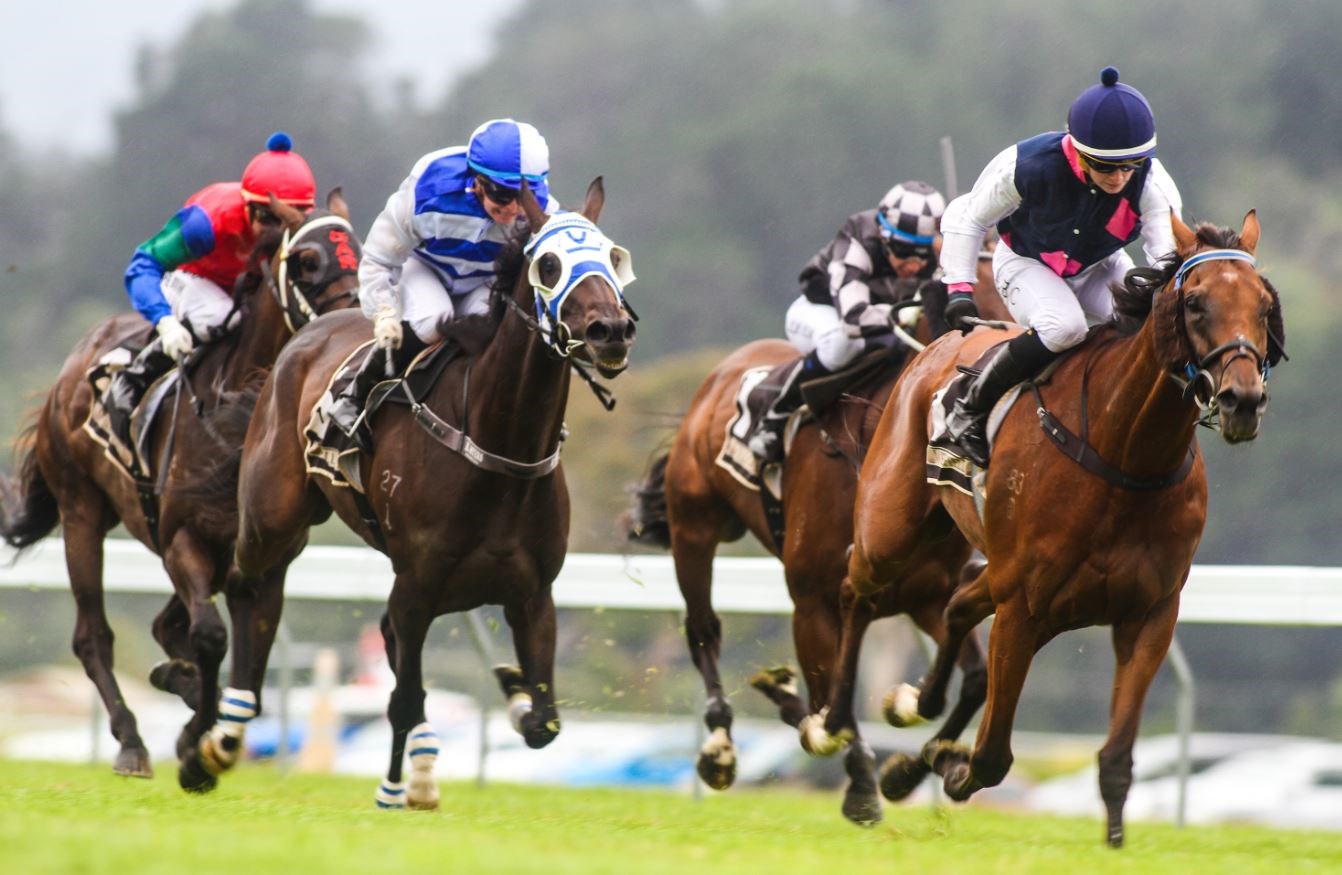
HOW WE GET A TRACK RATING
To ensure that there is a consistent method of measuring the ground conditions and being able to compare tracks nationally and also throughout the entire racing season all race tracks use a penetrometer.
As per NZTR The penetration recorded by the penetrometer is the depth that the horses hoof is expected to rotate into the soil.
In its basic form, a penetrometer is a steel rod which has a standard weight dropped from a standard height to drive it into the ground. The ground penetration is measured and converted to a standard reading. Softer ground will give higher penetration than harder ground. Standards for its use are provided by the NZRB
At Trentham, three penetrometer readings are done every 100m from the 100 to the 600m mark, then every 200m from the 800m to the 1400m along the racing surface. The readings are taken 1.5m, 3.0m and 4.5m out from the rail (where the horses will likely run).
The readings are then converted to a recognised scale from:
1 Fast - hard and dry, through to
11 Heavy - very soft and wet
While they can be done at any time, penetrometer readings are required to be done and reported to the Racing Bureau on the week prior to raceday every morning from the Nominations morning. Plus a final reading is taken the morning of the raceday and reported to the Racing Bureau and the Racing Integrity Unit. So for a Saturday meeting the penetrometer readings are taken Tuesday to Saturday. There is also a requirement to do a reading on the afternoon of the day before the raceday which is also reported to the Racing Bureau (Friday afternoon for a Saturday meeting).
When irrigating, the track staff may also use a "second drop" of the penetrometer to check that the soil moisture profile is ideal and adjust watering rates accordingly.
Our aim at Trentham is to have as close to a "Good 3" racing surface on the afternoon of a race meeting as possible.
Realistically, for meetings that fall out of the Spring and Summer period, rainfall, heavy dews, a raised water table, soil saturation, lack of suitable drying conditions, slower drainage etc are likely to mean conditions closer to the "heavy" end of the scale for Autumn and Winter meetings.
|
Scale |
Rating |
Comment |
Penetrometer Band |
|
1 |
Fast |
A dry hard track |
0.5 - 1.9 |
|
2 |
Good |
A firm track |
2.0 - 2.2 |
|
3 |
Good |
Ideal track with some give |
2.3 - 2.5 |
|
4 |
Dead |
Track with give, better side of genuine dead |
2.6 - 2.8 |
|
5 |
Dead |
Genuine dead |
2.9 - 3.2 |
|
6 |
Dead |
Significant amount of give, worse side of genuine dead |
3.3 - 3.5 |
|
7 |
Slow |
A mildly affected track, better side of genuine slow |
3.6 - 3.8 |
|
8 |
Slow |
Genuine slow |
3.9 - 4.2 |
|
9 |
Slow |
Rain affected, worse side of genuine slow |
4.3 - 4.5 |
|
10 |
Heavy |
Genuine Heavy |
4.6 - 5.5 |
|
11 |
Heavy |
Very soft and wet, heaviest category |
5.6 + |





